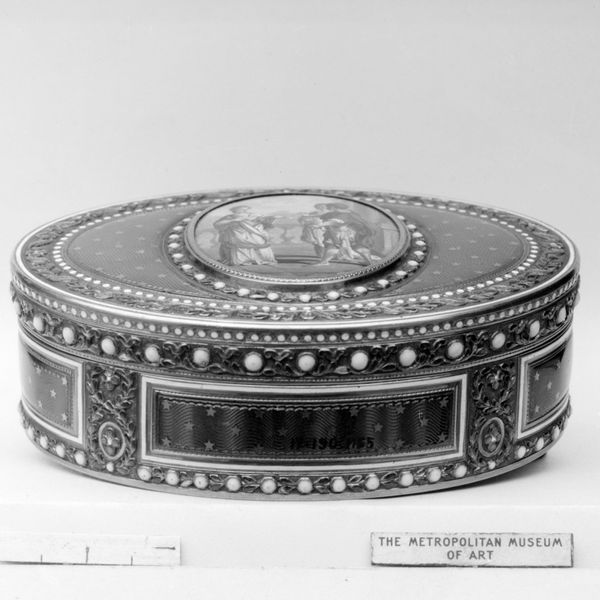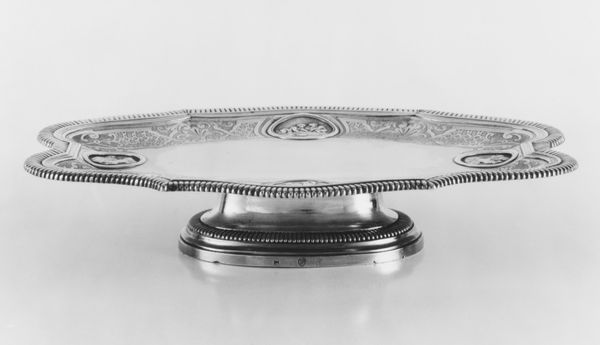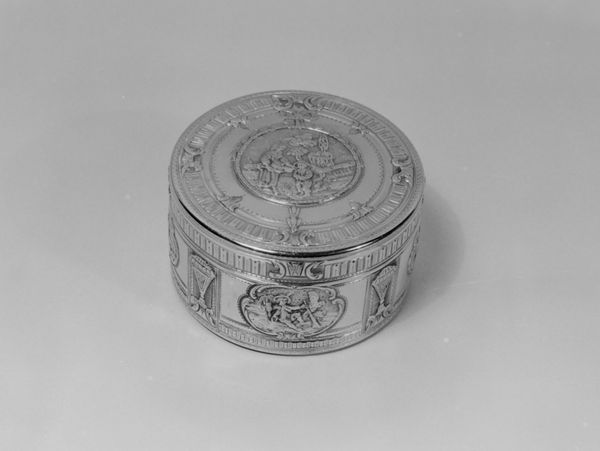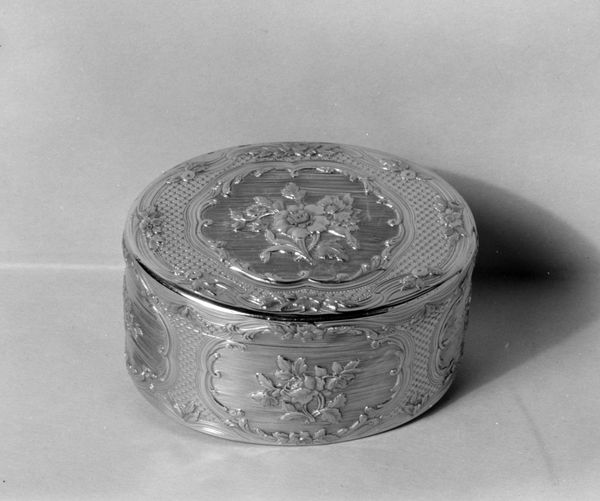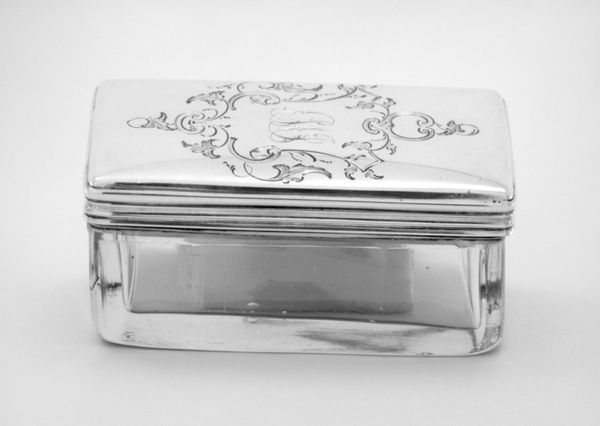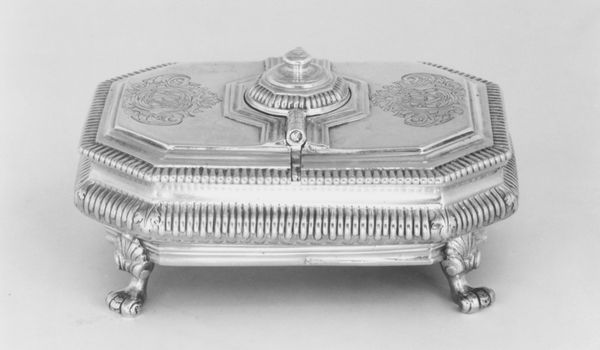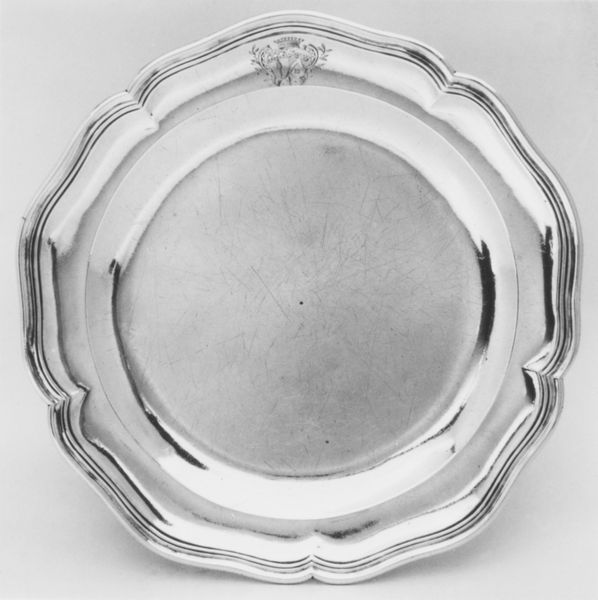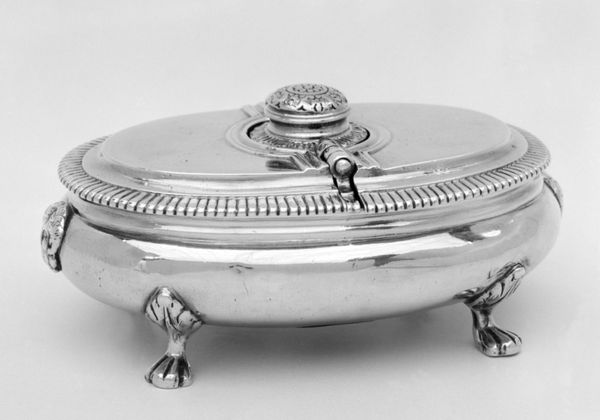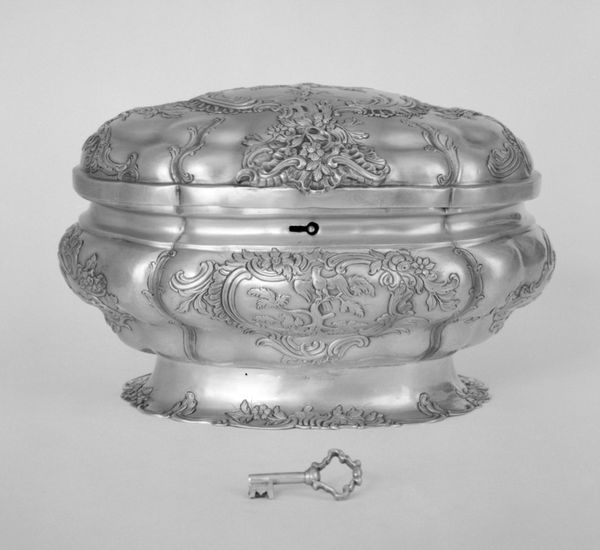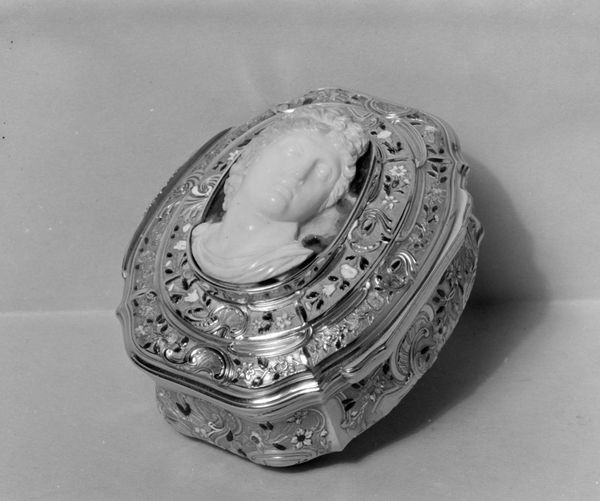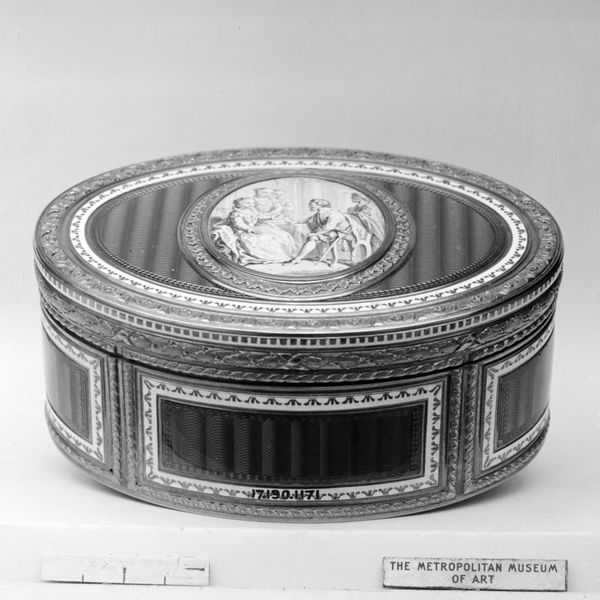
Dimensions: Overall: 7/8 × 3 1/2 × 2 in. (2.2 × 8.9 × 5.1 cm)
Copyright: Public Domain
Editor: So, here we have a snuffbox made around 1790 by Friedrich Fyrwald. It's currently at the Metropolitan Museum of Art. Looking at the piece, the fine detail work really jumps out; what is particularly intriguing about this piece for you? Curator: It's fascinating how objects like this snuffbox blur the lines between art and craft, high and low culture. We need to consider the specific labor and material processes involved in its making. Editor: Could you elaborate on that a bit? Curator: Absolutely. Think about the ceramic itself. Where did the raw materials originate? What was the firing process? How did Fyrwald, and perhaps other artisans involved, learn their skills? These processes inform the meaning as much as the portrait does. Editor: So it's not just about the surface decoration or the subject matter, but about the entire chain of production and consumption? Curator: Precisely! Consider the social context too. Snuff was a luxury item, connecting this object to a network of trade, wealth, and social status. The materiality and production speak volumes about 18th-century society. How does thinking about the object in this way change your initial perception? Editor: It moves it away from being simply a pretty trinket and places it within a larger, almost global, context of material exchange and labor. Curator: Exactly! These objects become conduits for understanding broader historical and economic forces. Editor: It really makes you appreciate the object in a different way. I'll definitely consider those production processes next time!
Comments
No comments
Be the first to comment and join the conversation on the ultimate creative platform.


